The modern world could not operate without the invention of the computer. Complex computers run essentially every part of our contemporary lives—look, you’re on one right now!
You may think that the computer was invented in the 20th century… and you’d actually be very wrong. A form of the computer has existed for an incredibly long time. The Antikythera mechanism is the first analog computer that modern humans have discovered. We rescued it from the sea floor over a century ago now, and its secrets still remain largely unanswered.
A Discovery of Sunken Treasure

In 1900, a group of Greek divers discovered a sunken 2,000-year-old Roman cargo ship off the island of Antikythera, Greece. The ship was full of beautiful treasures, like statues, glassware, pottery, and jewelry, which the group was quick to collect.
Another one of the objects that they pulled from the ship was a destroyed, ancient gadget made of wood and bronze. No one thought much of what was almost certainly considered trash by the divers, but it turns out that the apparent piece of junk is by far the most interesting thing found on that ship.
Studying the Mechanism
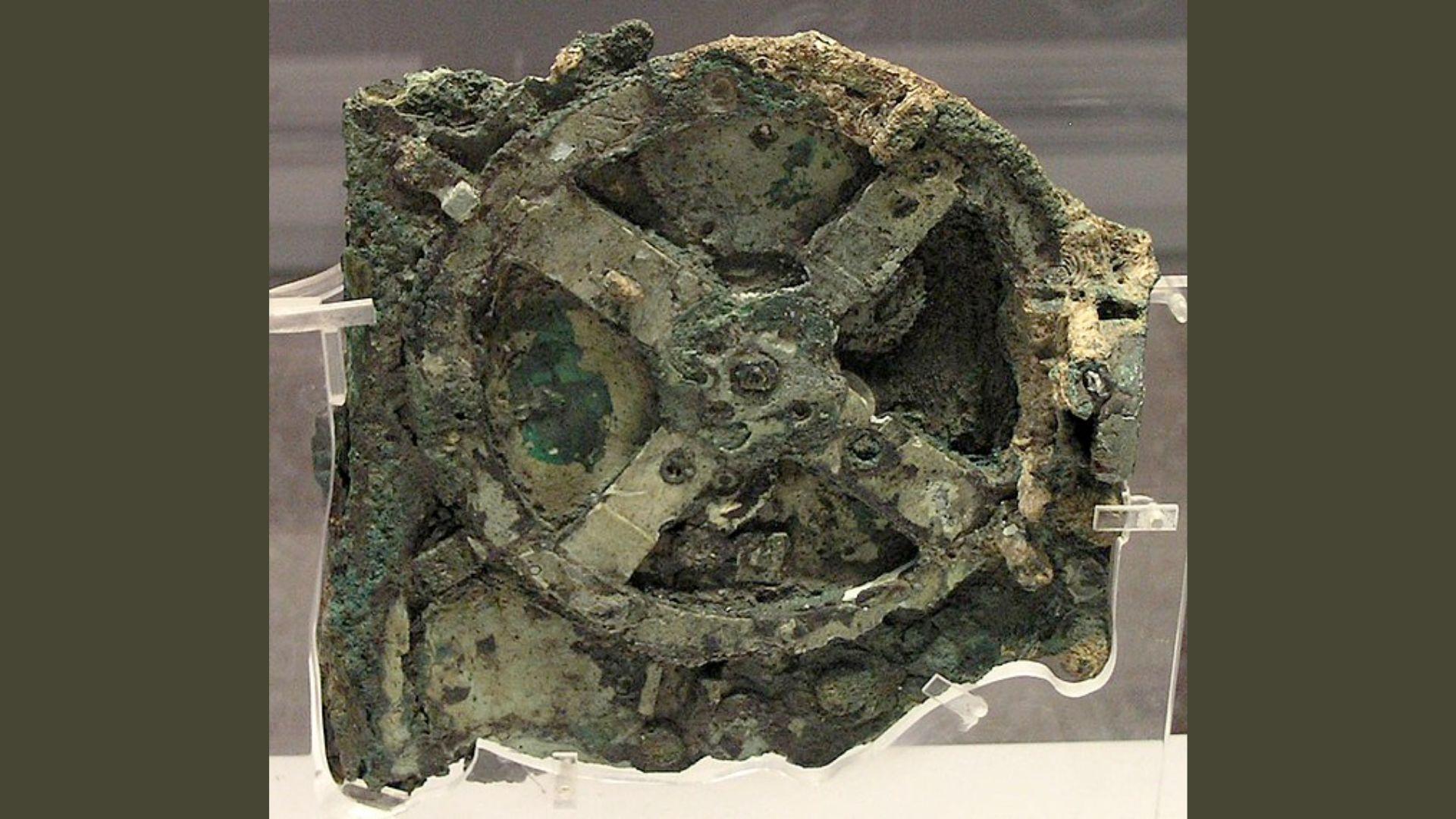
After the divers showed their ancient shipwreck collection to experts, archaeologists became fascinated by the treasures. Archaeologist Valerios Stais took a particular interest in the studying and rediscovered the mystery wood-and-bronze object.
He looked more closely at the mystery item and discovered that a gear appeared to be embedded in it. Because no one realized that the Antikythera mechanism was anything special when it was initially brought out of the ocean, no steps were taken to properly preserve it. Still, Stais was intrigued and wanted to learn more.
A Confusing Clock
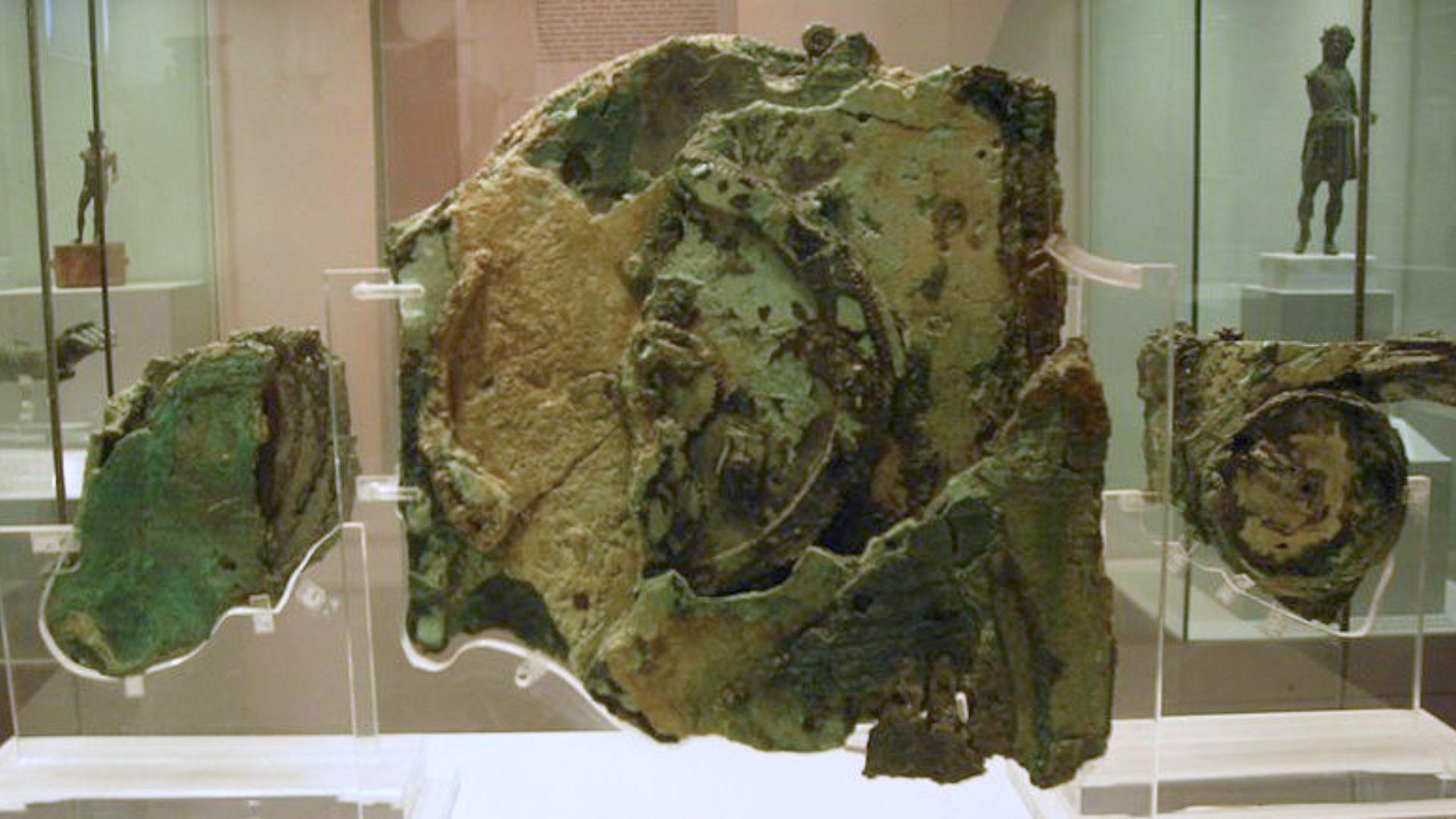
As Stais investigated the object further, he discovered that there were many gears inside of it—how bizarre! Stais hypothesized that the mechanism was some kind of astronomical clock.
However, it was thought at the time that the earliest astronomical clocks dated to the 11th century. This is a full millennium after the sinking of the Antikythera shipwreck. After that realization, the team of archaeologists were almost sure that the object couldn’t have possibly sunk with the ship.
Hypotheses and Conspiracies

The experts were sure that such a complex machine could not have existed in ancient Greece. They believed that the object sank to the bottom of the sea at some other time, probably around the Renaissance.
Others created more out-there theories. Some hypothesized that alien time-travel technology was involved. How else could such a complex device end up in a shipwreck from the 2nd century BC?
Rediscovering the Antikythera Object
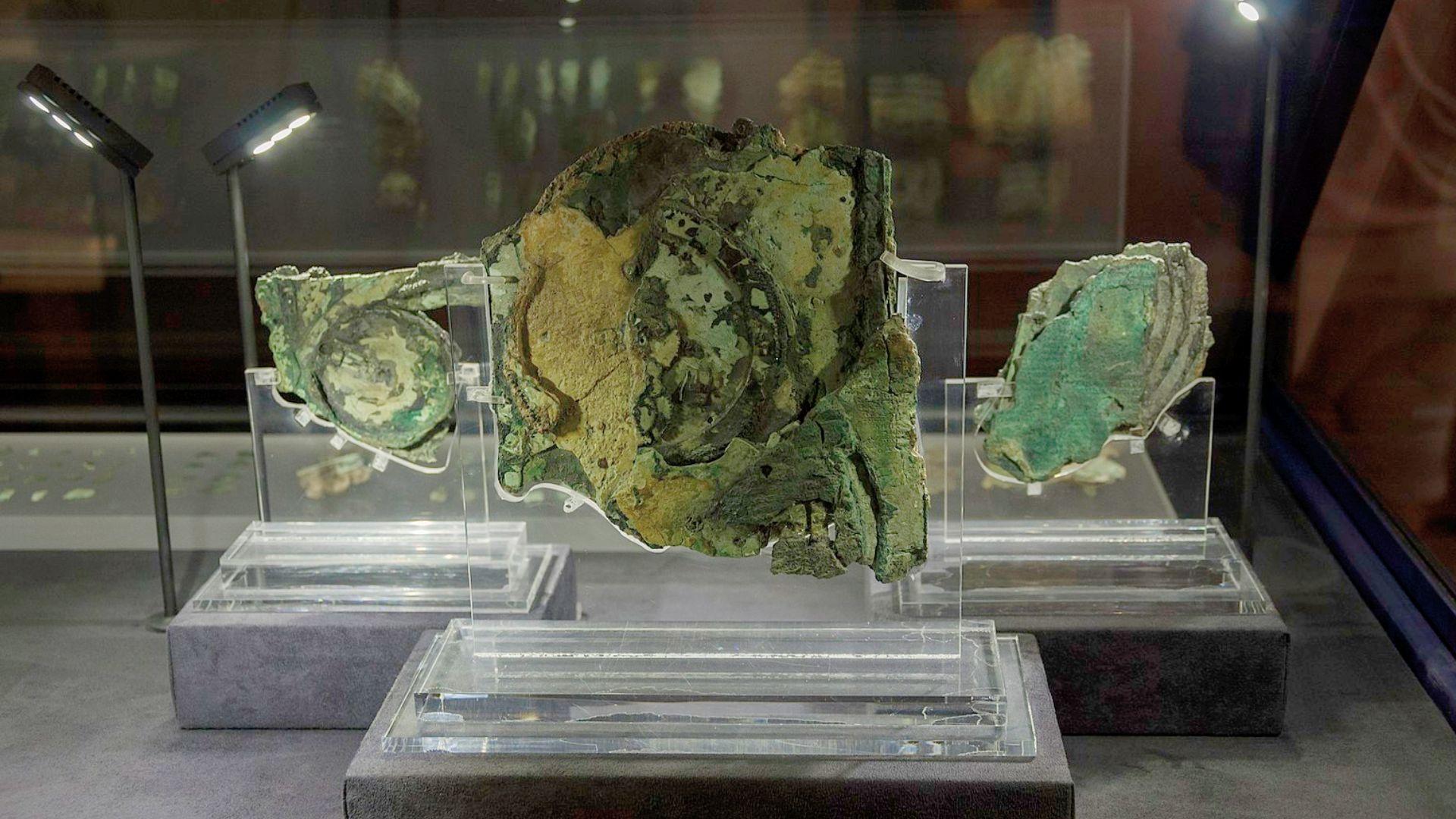
Well, it turns out that usually the simplest explanation is the correct one. (Newsflash: It almost certainly wasn’t aliens who placed it in the ship.) For decades after the ship’s discovery and the initial studying of the objects from the Antikythera wreck, researchers decided to simply accept the strangeness of the apparently anachronistic object.
However, in 1951, a team consisting of a British historian and a Greek physicist decided that they wanted to take a closer look at the strange Antikythera object. Using the technology of the time, they made X-ray and gamma-ray images of the 82 fragments of the device…and could not believe what they discovered.
A Complex Machine
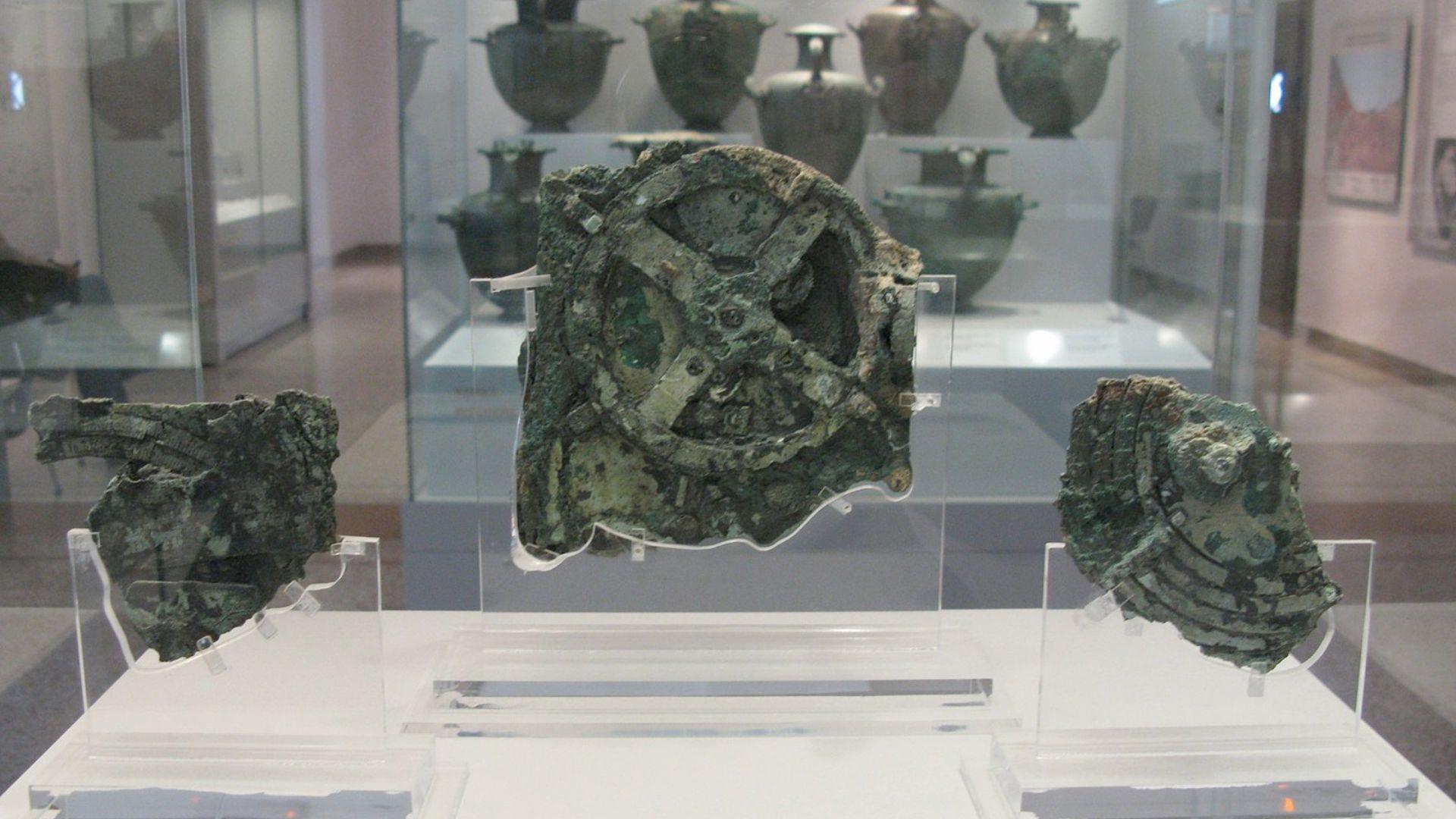
After careful examination, the Antikythera mechanism turned out to be far more complex than anyone had yet realized. It featured numerous small gears with delicate, intricate teeth and a ring segmented into precise degrees, similar to a modern protractor.
No other example of ancient technology comes close to this level of complexity and detail; nothing comparable would appear for another thousand years. Yet there it was in front of the researchers, and they still weren’t totally sure what its purpose was.
A Celestial Computer

We don’t have a complete understanding of what the Antikythera mechanism is (even today), but we do have quite a few concrete ideas. We do know that the ancient Greeks used this sophisticated device to forecast the movements of planets and stars. Its face resembled a clock, but instead of showing time, it displayed the positions of celestial bodies within the Solar System. Small stones or pieces of glass likely represented the planets known then to the Greeks—Mercury, Venus, Mars, Jupiter, and Saturn.
The device was equipped with comprehensive solar and lunar calendars. By entering the correct dates, users could not only track the current positions of celestial objects but also predict their future locations by turning a small crank. Additionally, it featured a rotating ball that illustrated the phases of the moon.
Ancient Computer Confusion
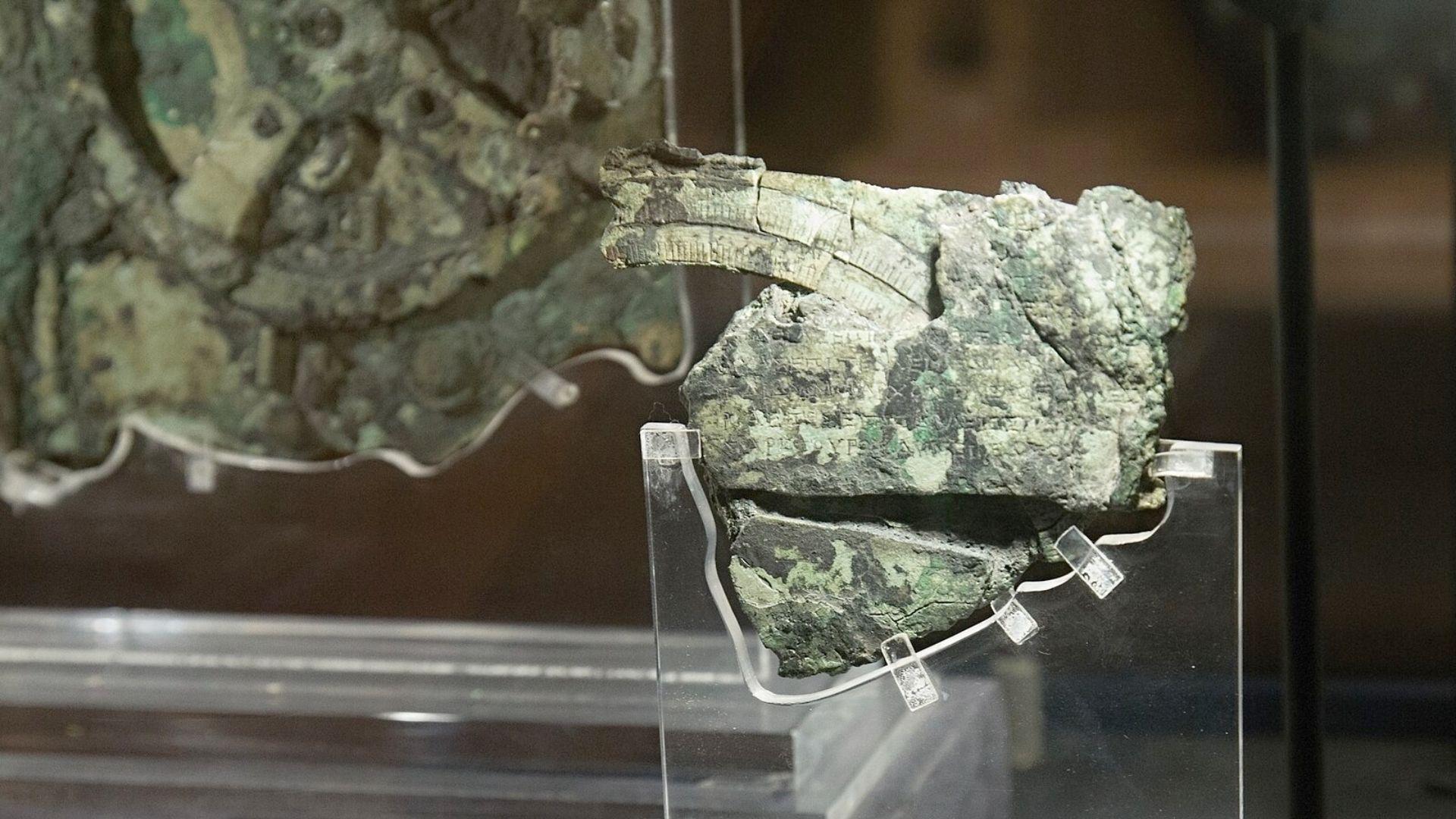
According to that description, it’s apparent that the Antikythera mechanism is actually the earliest known analog computer. Instead of manually calculating celestial movements, users could input a date and turn a crank to obtain the information automatically.
This discovery indicates that Ancient Greece might have pioneered the computer revolution centuries before it is traditionally believed to have begun. Yet, given our current understanding of Ancient Greek technology and culture, it’s baffling how such an advanced device could have been created in that era.
Questions and Future Discoveries
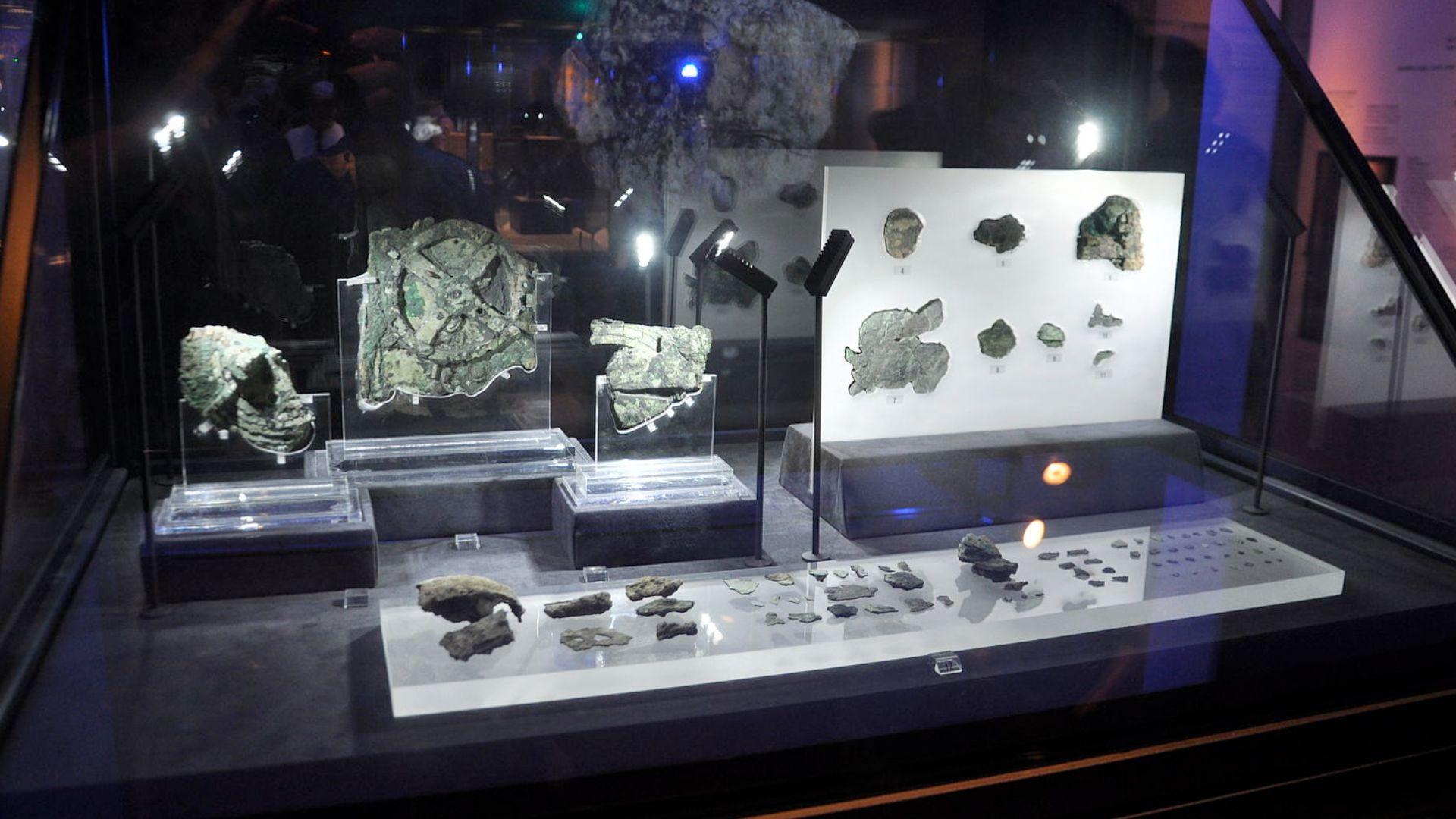
Although we have figured out that the Antikythera mechanism was almost certainly humanity’s first computer, we still have many questions about its existence. Who made it? Why? Are there other machines similar to the Antikythera mechanism out there? What happened to this technology—why did it disappear from society for so many years?
We often think that we have a clear understanding of our past, but discoveries like the Antikythera mechanism reveal how much we still don’t know. Despite the extensive discoveries that have been made by archaeologists, it’s likely that we’ll never fully grasp the complete history of humanity. If the Ancient Greeks had a computer, who knows what other discoveries await us?

